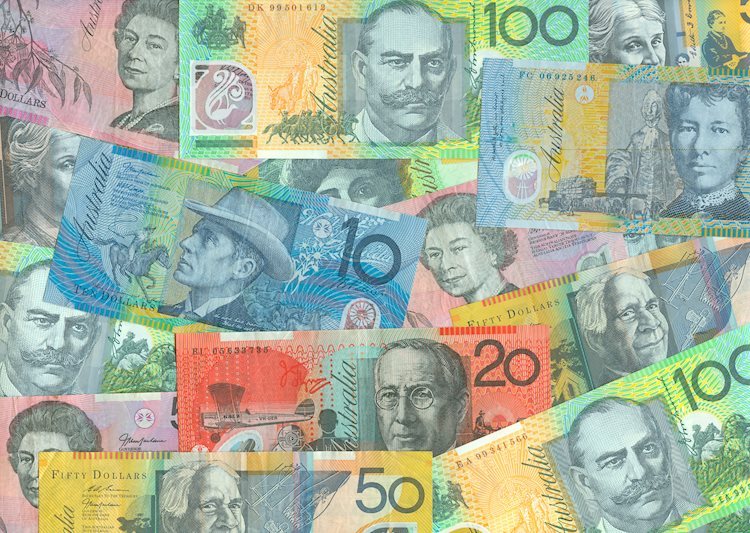The Australian Dollar continues to remain strong against the US Dollar, hovering near a nine-month high of 0.6839, as the Reserve Bank of Australia (RBA) is expected to maintain the current Official Cash Rate (OCR) at 4.35%. Analysts predict that the RBA will not make any rate cuts before December, with some speculating that the first adjustment may come as late as February 2025. The ANZ-Roy Morgan Australia Consumer Confidence Index also experienced a slight increase, rising by 0.8 points to 84.9, but remaining below the 85.0 mark for 86 consecutive weeks.
The US Dollar could face challenges as Federal Reserve (Fed) officials project further rate cuts totaling 50 basis points in 2024, following an aggressive 50 basis points cut last week. Minneapolis Fed President Neel Kashkari stated that he expects and supports additional rate cuts in the coming year. The market is pricing in a 50% chance of a 75 basis points deduction by the Fed to a range of 4.0-4.25% by the end of the year.
The S&P Global Composite Purchasing Managers Index (PMI) grew at a slower rate in September compared to August, with the Manufacturing PMI dropping to 47.0, indicating contraction, while the Services PMI expanded more than anticipated. The People’s Bank of China (PBoC) injected liquidity into the banking system via reverse repos, while Australian Treasurer Jim Chalmers is working to establish a new monetary policy board at the RBA, with support needed from the Greens Party for any changes to be implemented.
The Australian Dollar technical analysis suggests a bullish bias, with the AUD/USD pair trading near a nine-month high of 0.6839, and moving upward within an ascending channel pattern. The pair could potentially break out above this level and move toward the upper boundary of the channel at around 0.6910. On the downside, support levels are seen at the lower boundary of the channel at 0.6788 and the psychological level of 0.6700.
The Australian Dollar price today has shown that the AUD was the strongest against the Japanese Yen, with percentage changes against other major currencies being displayed in the table. The heat map also illustrates the percentage changes of major currencies against each other, providing a visual representation of currency movements. Economic indicators such as the RBA Interest Rate Decision can impact the Australian Dollar, with hawkish or dovish views affecting the currency’s strength.
Overall, the Australian Dollar remains strong against the US Dollar, with the RBA expected to maintain current rates and market projections suggesting no immediate rate cuts. The US Dollar faces challenges as Fed officials project further rate cuts, and economic indicators such as the PMI data and central bank actions impact currency movements. Technical analysis points to a bullish trend for the AUD/USD pair, while economic indicators such as the RBA Interest Rate Decision can influence the Australian Dollar’s performance in the market.











